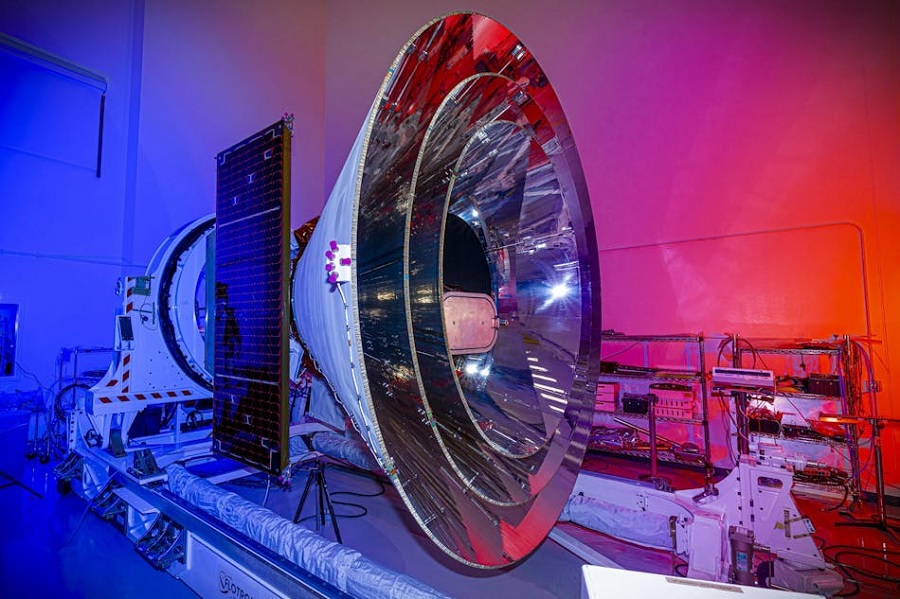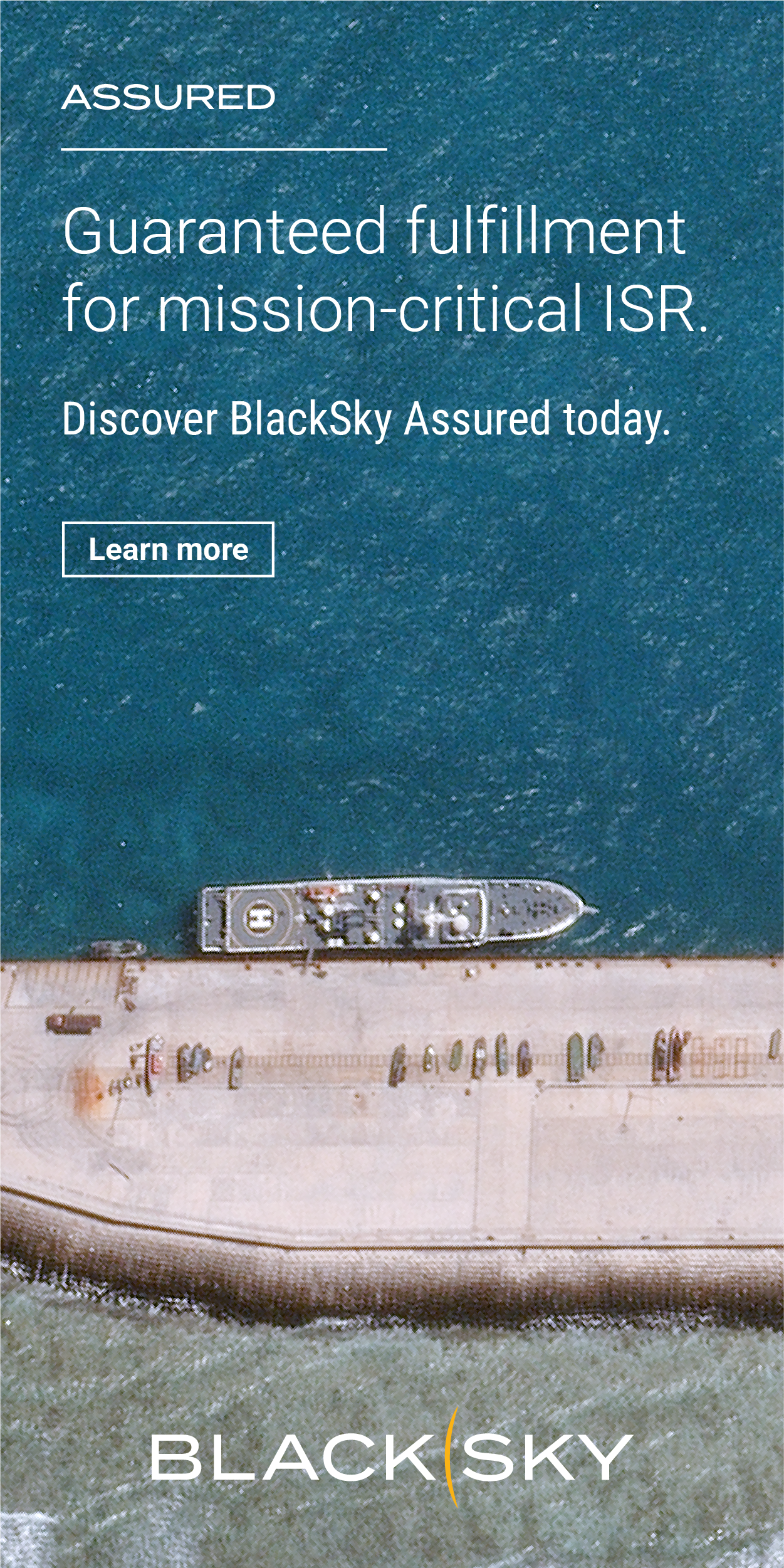During its minimum two-year operation, SPHEREx will use an advanced imager to survey the entire sky in near-infrared light four times, creating the most detailed colour maps of the universe ever achieved. These surveys will capture data on more than 450 million galaxies and millions of stars, enabling researchers to investigate the universe’s expansion since the Big Bang and trace the development of life-essential ingredients like water on planets.
“SPHEREx will allow us to look back into the early universe and provide new insights into how and why it came to be as it is,” said Alberto Conti, vice president and general manager of BAE Systems Space & Mission Systems. “We’re excited to help uncover these enduring mysteries and to continue our long-standing support of NASA’s astrophysics missions.”
The mission will also identify promising targets for detailed examination by satellites such as the James Webb Space Telescope, while supporting future explorations like the Nancy Grace Roman Space Telescope. In doing so, SPHEREx will enhance the foundations of space research and discovery.
BAE Systems was responsible for constructing the satellite bus, the telescope, and its protective cover. Other critical components were developed by the California Institute of Technology (Caltech) and NASA’s Jet Propulsion Laboratory, with Dr. Jamie Bock of Caltech serving as the mission’s principal investigator.
Testing included rigorous procedures such as thermal vacuum tests to simulate the extreme conditions of space, vibration and acoustic assessments replicating launch stresses, and electromagnetic interference checks to safeguard against electrical disruptions. With this phase complete, BAE Systems is now preparing SPHEREx for shipment and its anticipated launch.



























